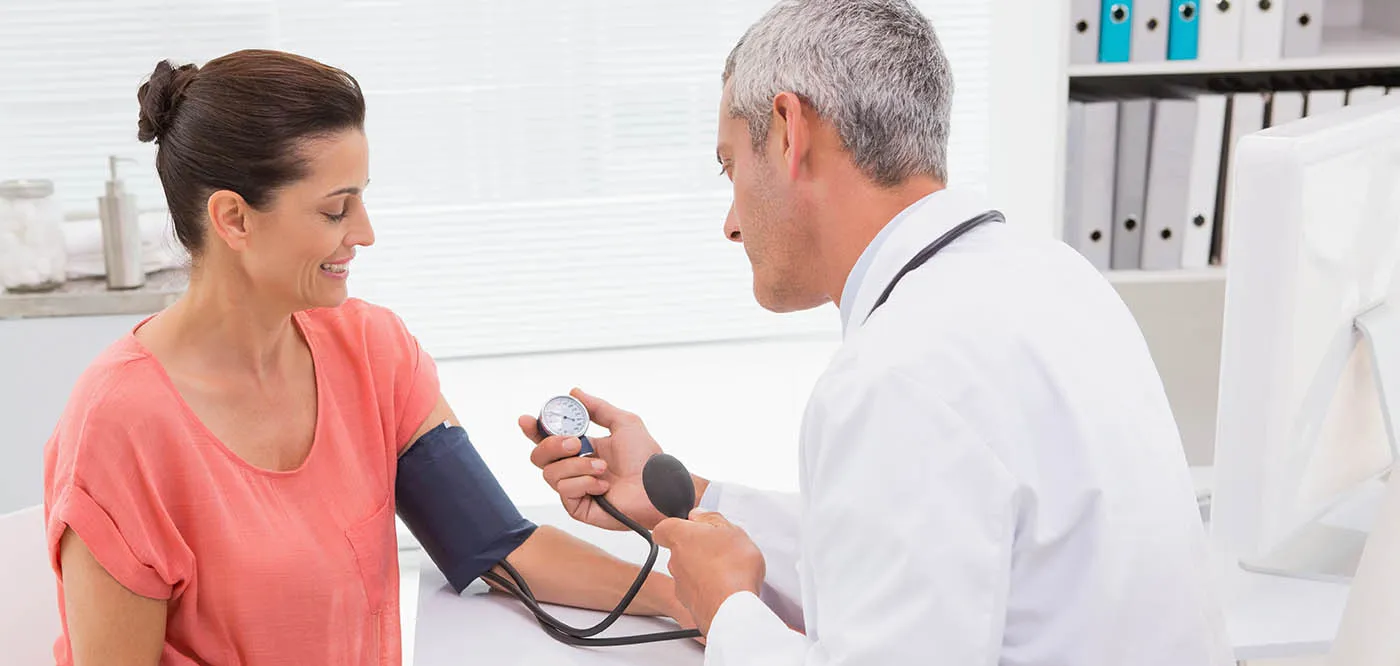International medical checkups are increasingly popular as patients seek specialized services, advanced diagnostics, or cost-effective health assessments abroad. While the process of undergoing tests may be straightforward, many travelers are unsure how results are handled once the checkup is complete. Understanding how overseas facilities process, interpret, and deliver results is essential for both patients and medical tourism facilitators to ensure seamless continuity of care.
This article provides a detailed overview of the typical process for obtaining results after an overseas checkup, including timeframes, delivery methods, interpretation, and post-visit follow-up options.
1. Initial Completion of Medical Tests
The process begins once all diagnostic tests and screenings are conducted. A typical international checkup package may include:
- Blood tests and laboratory analyses
- Imaging studies (X-rays, MRI, CT scans, ultrasounds)
- Cardiovascular evaluations (ECG, stress tests)
- Specialized screenings based on age, gender, and risk factors
Once completed, the data is transferred to laboratories and diagnostic departments for analysis. Depending on the complexity of the tests and the country’s healthcare infrastructure, this can take anywhere from a few hours to several days.
2. Data Compilation and Internal Review
After test completion, specialists review the results internally to ensure accuracy. This step usually involves:
- Lab validation: Technicians verify samples and eliminate potential errors.
- Specialist interpretation: Radiologists, pathologists, and physicians analyze test findings.
- Case consolidation: All results are compiled into a comprehensive medical report.
In many international hospitals, multidisciplinary teams collaborate to ensure results are not only accurate but also presented in a patient-friendly format. This process may extend the reporting time but ensures a higher standard of care.
3. Generation of the Final Medical Report
The medical report typically includes:
- A summary of tests performed
- Detailed findings with numerical results and imaging data
- Comparative analysis against international reference ranges
- Recommendations for treatment, preventive measures, or follow-up investigations
Depending on the complexity of the checkup, this report may be available within 24–72 hours for basic screenings or 3–7 days for more advanced, specialized evaluations.
4. Methods of Receiving Results
International medical providers understand that patients often return home shortly after their checkup. Therefore, results are delivered using multiple channels:
a) In-Person Review Before Departure
If results are ready while the patient is still abroad, a face-to-face consultation is arranged. This allows patients to discuss findings directly with the doctor and receive immediate guidance.
b) Digital Delivery
Hospitals frequently send results electronically through secure online portals or encrypted email. This ensures accessibility regardless of geographic location and helps maintain confidentiality.
c) Physical Copies and Imaging Discs
Patients may be provided with printed reports, imaging films, or digital copies on a USB or CD for personal records or sharing with their home physician.
5. Post-Checkup Consultation
A crucial part of receiving results is understanding them. Overseas providers usually offer:
- Final consultation sessions: In-person or virtual discussions to interpret results.
- Video or telemedicine follow-up: Enables patients to clarify doubts after returning home.
- Referral recommendations: In case further treatment or specialized care is needed.
These consultations help bridge the gap between international diagnostics and ongoing care in the patient’s home country.
6. Coordination with Local Healthcare Providers
Many patients choose to share their overseas results with their local doctor for continued management. To facilitate this:
- Reports are often issued in English or in dual-language formats.
- Some facilities provide summaries specifically tailored for general practitioners abroad.
- Additional documentation, such as prescriptions or medical certificates, may accompany the results to streamline next steps.
7. Expected Timeframes for Results
Timeframes vary depending on:
- Test complexity: Advanced genetic or molecular analyses can take 1–3 weeks.
- Country and facility standards: Some clinics offer same-day results for basic screenings.
- Additional reviews: Complex findings may require multi-specialist input, extending the process.
Patients are advised to discuss expected timelines before their trip to plan return travel and follow-up appointments accordingly.
8. Best Practices for Smooth Result Delivery
To ensure timely and accurate receipt of results, patients and facilitators should:
- Confirm digital result delivery options before booking the checkup.
- Provide accurate contact details, including secure email and phone number.
- Request that reports are compatible with local healthcare systems for easier follow-up.
- Keep copies of all medical documents during travel.
Proactive communication with the overseas medical provider minimizes delays and ensures proper post-checkup care.
In conclusion, Receiving results after an overseas medical checkup involves multiple coordinated steps—data analysis, report preparation, secure delivery, and follow-up consultations. With digital technology and international medical collaboration, patients today can access their health information quickly and safely from anywhere in the world. Clear communication with providers and proper planning help ensure that results are not only delivered on time but also fully understood, enabling better health management after returning home.
If you're considering this treatment, Better by MTA is here to help. Through our exclusive partnership with Mastercard, we connect you to trusted hospitals and doctors worldwide, ensuring price transparency and secure, flexible payment options. Whether you're looking to use a credit card, bank transfer, or explore upcoming patient financing options, we make your medical journey seamless and worry-free.
Get started today and book confidently without hidden fees or financial risks. Click the link below to request a free quote: https://www.better.medicaltourism.com/get-a-quote













